Scientists at NASA and NOAA say that the hole in the layer of ozone over the south pole is at its smallest size since it was first discovered back in 1982. According to the scientists, due to some anomaly in the atmosphere, the ozone layer depletion this time has been restricted.
The new report from Antarctica says that the ozone layer was at its largest at about 6.3 million square miles. This is much lesser than the average size of the hole of 8 million square miles. However, the hole further reduced to a size of 3.9 square miles, which the scientists say has been facilitated by warmer temperatures. Warmer temperatures in the stratosphere have limited the reaction between the ozone layer and the cloud particles. According to a CNN report, Paul Newman, chief scientist for earth sciences at NASA’s Goddard Space Flight Center, said that “It’s great news for ozone in the Southern Hemisphere. But it’s important to recognize that what we’re seeing this year is due to warmer stratospheric temperatures. It’s not a sign that atmospheric ozone is suddenly on a fast track to recovery.”
The ozone hole starts to expand every year during September and October thanks to the sunrays which react with the layer causing it to grow. According to the space agency, this is not the first time that the depletion of the ozone layer has been restricted by rising temperatures in the stratosphere. Similar incidents have taken place back in 1988 and 2002 when cloud formation was limited by higher temperatures.
This points at the marked rise in the average temperature this year, making it the warmest since 1982, as the temperature above 12 miles off the surface our planet was higher by 29 degrees Fahrenheit. The National Oceanic and Atmospheric Administration(NOAA) said that the hole in the ozone layer shall vanish and fill up over the period of the next six weeks.
Helene Elliott is the senior reporter for News Raise. She covers Science news. She also has a keen interest in photojournalism. Helene holds a nomination for the prestigious Red Smith Award. She is married to author Dennis D’Agostino, a former publicist with the New York Mets.
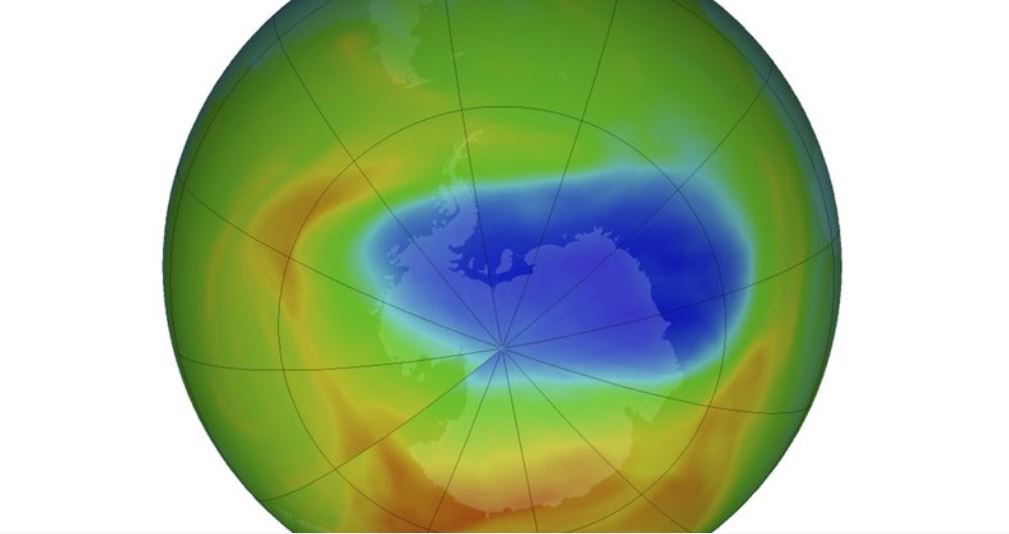
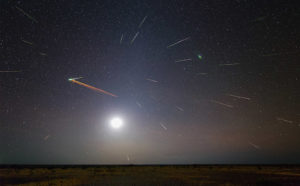
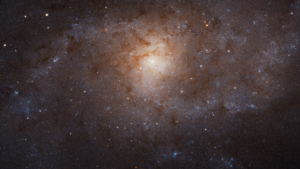
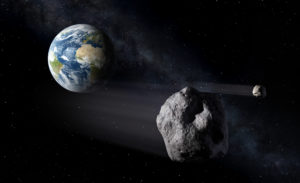
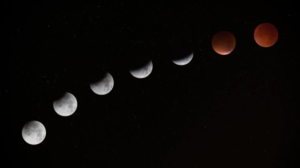
Be First to Comment